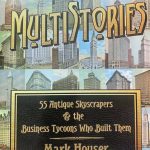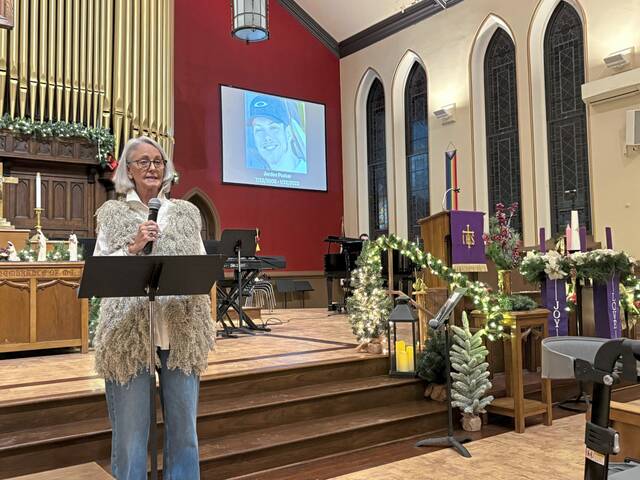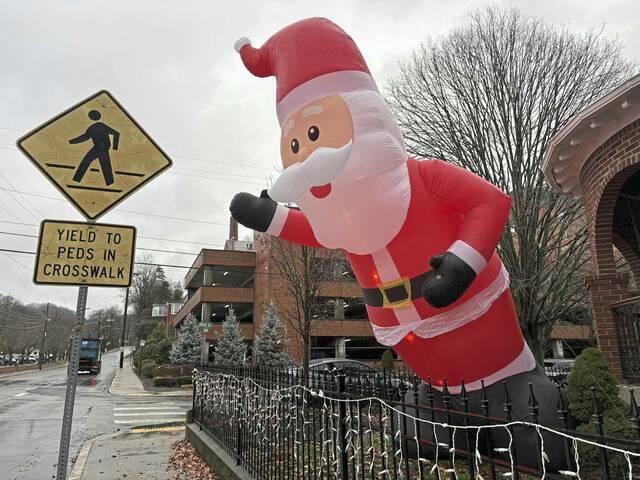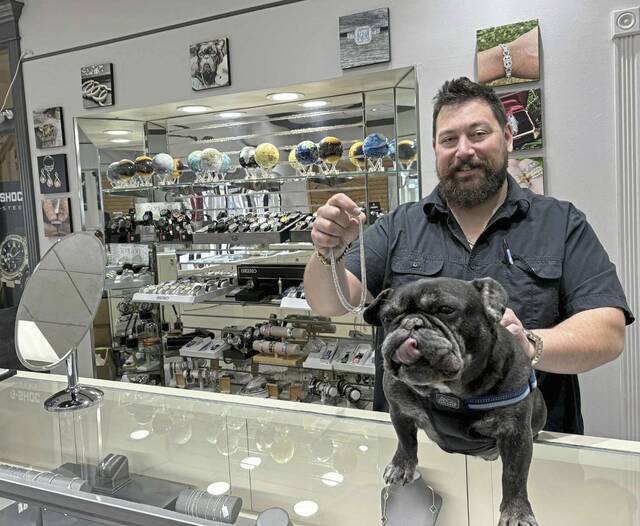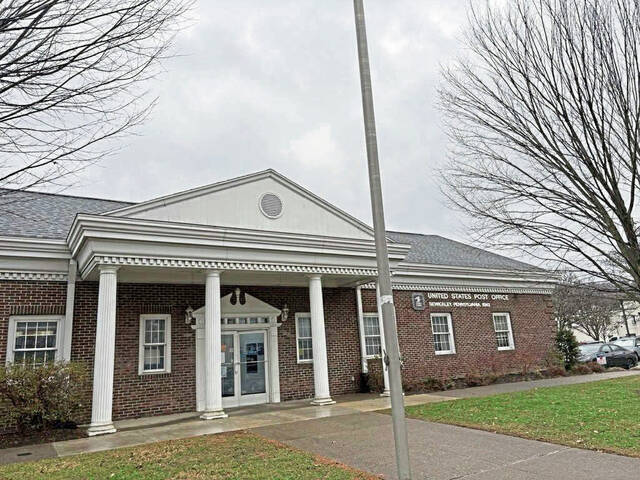Editor’s note: Neighbor Spotlight is a monthly feature that aims to let our readers learn more about the people in their communities who are working to make them a better place, who have interesting stories to tell or who the community feels deserve “15 minutes of fame.” If you would like to nominate someone as a Neighbor Spotlight, email Neighborhood News Network editor Katie Green at kgreen@triblive.com.
When most people hear the term skyscraper, they tend to think of super-tall buildings such as New York City’s Empire State Building or the world’s tallest building since 2010, the Burj Khalifa in Dubai, United Arab Emirates.
But, at their inception in the 1800s, 10-story buildings were thought of as skyscrapers.
“At the time, they blew people’s minds,” said author and Leet resident Mark Houser. “No one had seen a 15-story anything before. A building was only as tall as you were willing to walk up the steps.”
Houser is a former investigative reporter for the Pittsburgh Tribune-Review. He left the company in 2008 and is the director of news and information at Robert Morris University.
But, when you have ink in your veins, it’s hard not to put pen to paper — or, in the digital age, fingers to keyboard.
After showing European visitors to the United States around Downtown Pittsburgh one day in the early 2000s, the Arrott Building caught his eye.
“It’s this great building, and you can’t miss it if you’re Downtown,” he said. “It has these amazing ornate decorations. No one — including me — had any idea what it was.”
Some research helped Houser discover it was commissioned by James Arrott, who ran Standard Manufacturing in the late 1800s and can be credited with inventing enameled iron bathtubs.
Houser then pitched a story idea to Pittsburgh Magazine about all of the Pittsburgh buildings that were built by Daniel Burnham, who oversaw the design and construction of the Chicago World’s Fair in 1893. A few years after that story, Houser’s monthly column, “MultiStories,” began running in the magazine, focusing on the history of Pittsburgh’s antique skyscrapers.
“Doing this column made me start to think about what buildings I could find in other cities,” Houser said. “We all hear about New York and Chicago, and we all understand that that’s where they started. No one focuses on the old skyscrapers in other cities. They’re an American invention, and as soon as they were invented, every city wanted one.”
“MultiStories: 55 Antique Skyscrapers & the Business Tycoons Who Built Them” was published late last year and looks at how the buildings came to be. The focus isn’t on architects or engineering. It’s on the people who commissioned the skyscrapers and why.
“A lot of these stories I thought I might just read about millionaires who were just flinging buildings around, but in most cases, it’s about perseverance. These are often immigrant stories, self-made people,” Houser said. “Like the Woolworth building in New York, which is gorgeous and has the most amazing lobby. Frank Woolworth started out on a potato farm. I like that he takes a job in a shop for free just to get off the potato farm.”
In addition to some historical architecture lessons, the book gives nuggets of American history readers might not find elsewhere.
“It’s not like no one knew Arrott’s story. A hundred years ago, everybody knew it. This guy was famous. He built one of the first skyscrapers in Pittsburgh, he founded American Standard, he had huge bathtub factories all over the Northeast,” Houser said. “And then, we don’t remember that story anymore. We know Frick, we know Carnegie. That’s a fascinating story, the idea of bathtubs being a novel invention. It’s a chance to transport yourself back to the early days of technological innovation when cities changed in a way that they haven’t changed since.”
Houser visited 47 of the 55 buildings featured in the book. He also poured over newspaper archives, biographies and scholarly journals during his research.
Houser has lived in Leet since 2008 with his wife, Diane. All four of his children — Rachael, Tessa, Cricket and Theo — graduated from Quaker Valley High School. Cricket, who is an animation major at Loyola Marymount University in Los Angeles, did the cover illustration for the book, and Rachael proofread the text of the book.
“Writing this book is my effort to try to persuade Pittsburghers that just as Pittsburgh has so many wonderful things that we’re proud of, other cities all equally have things that they can boast about, and it’s worth finding out about them, too,” Houser said. “Most of all, it’s a time when we focus a lot on our differences. As Americans, it’s nice to focus on things that we can all be proud of.”




